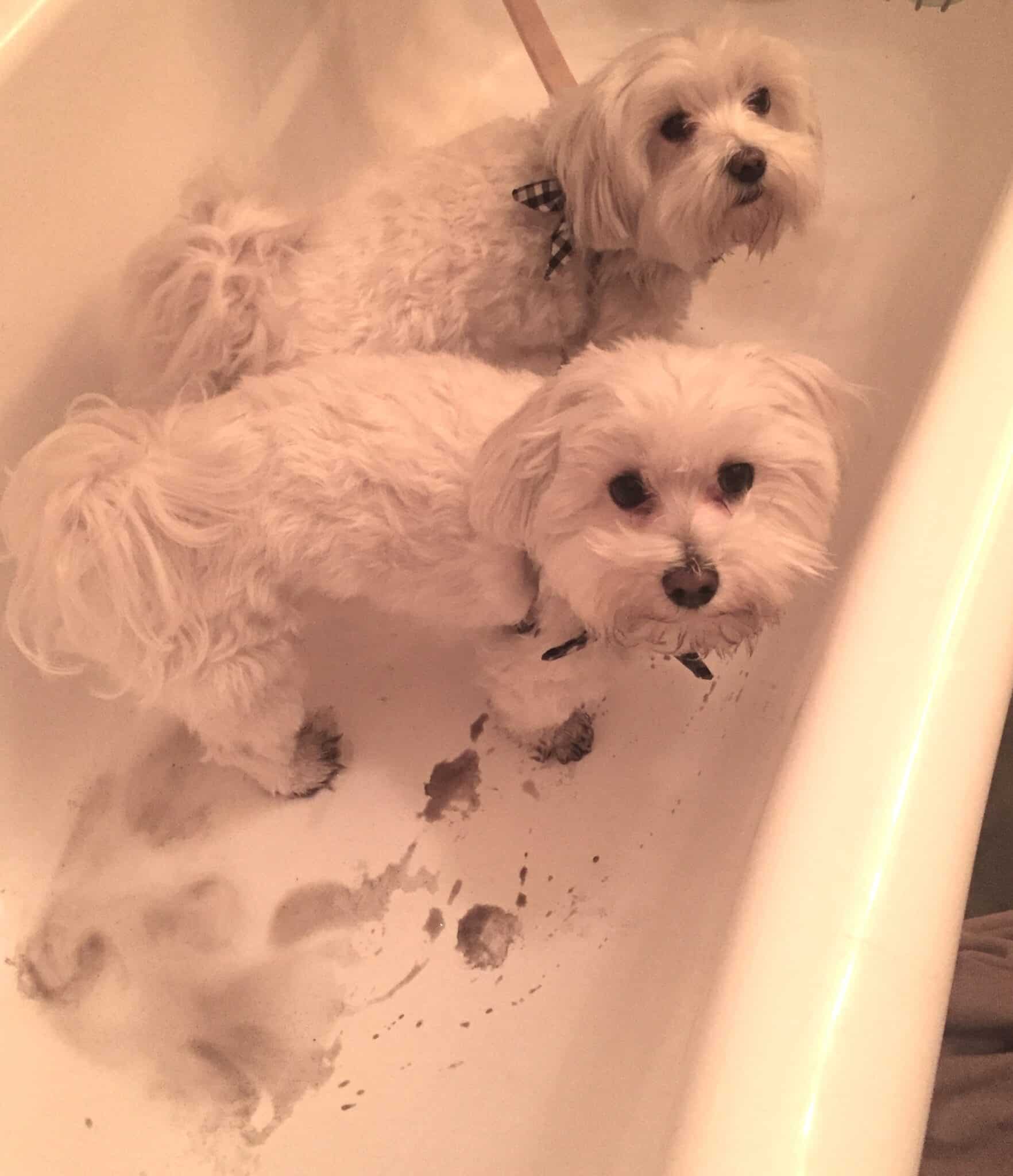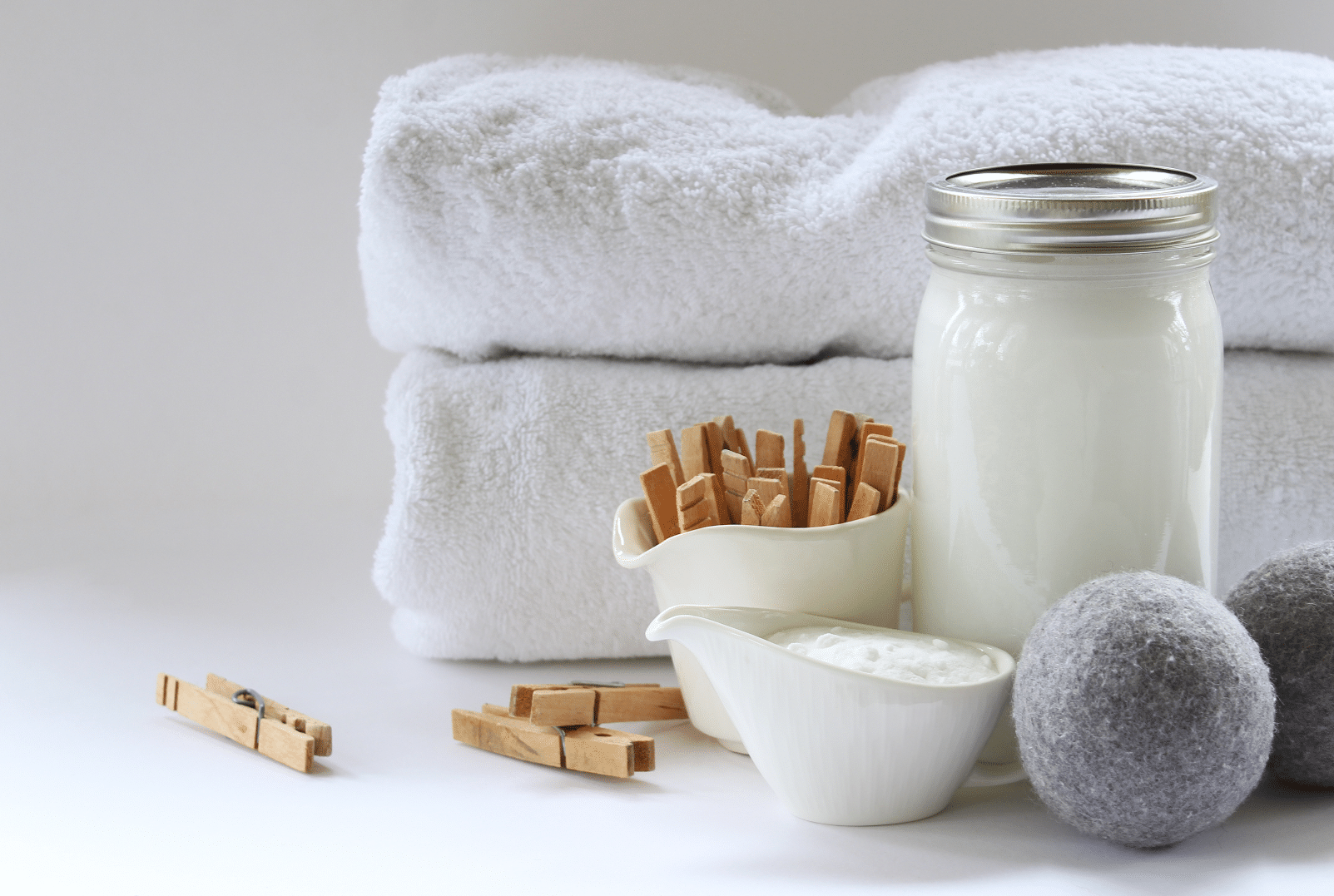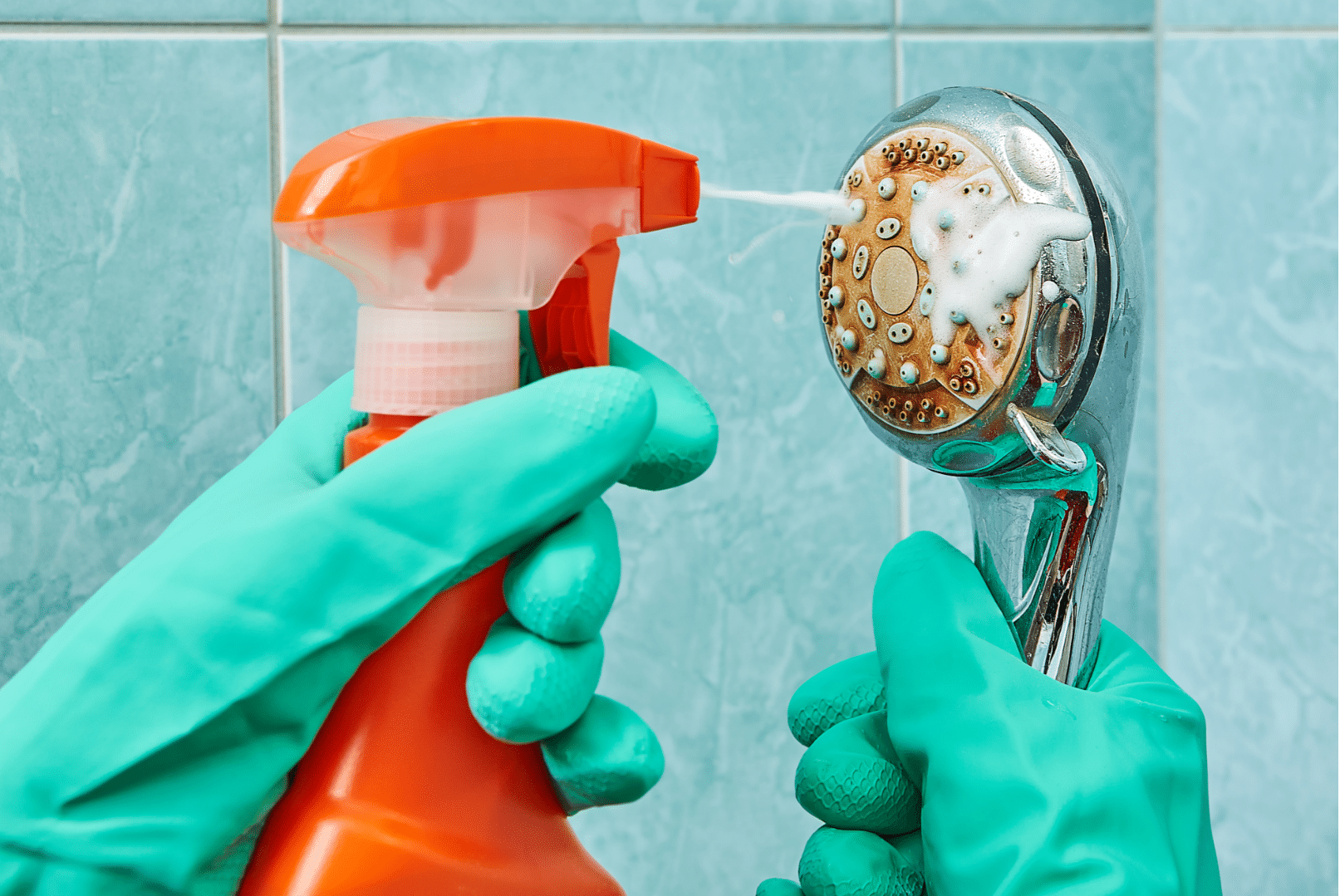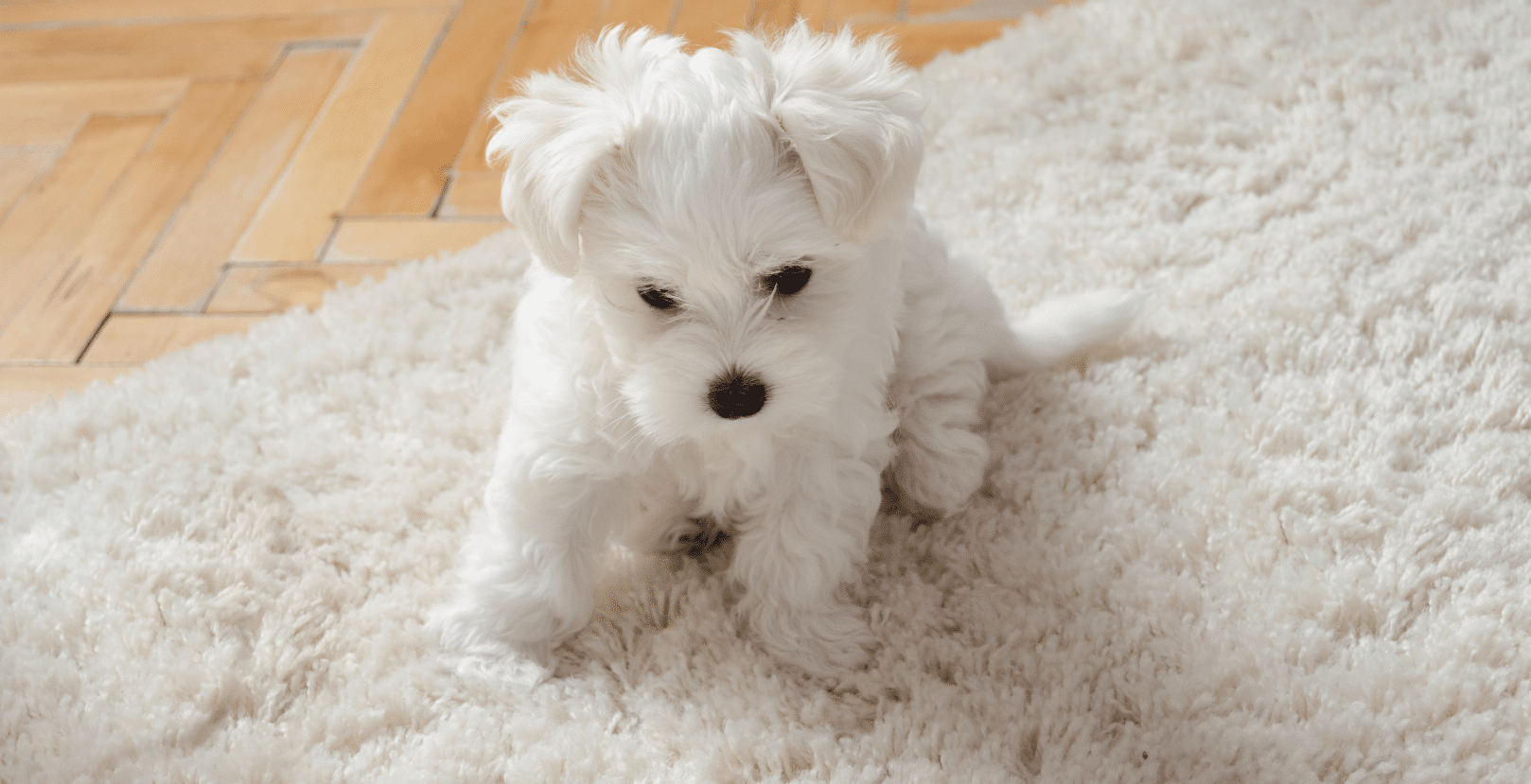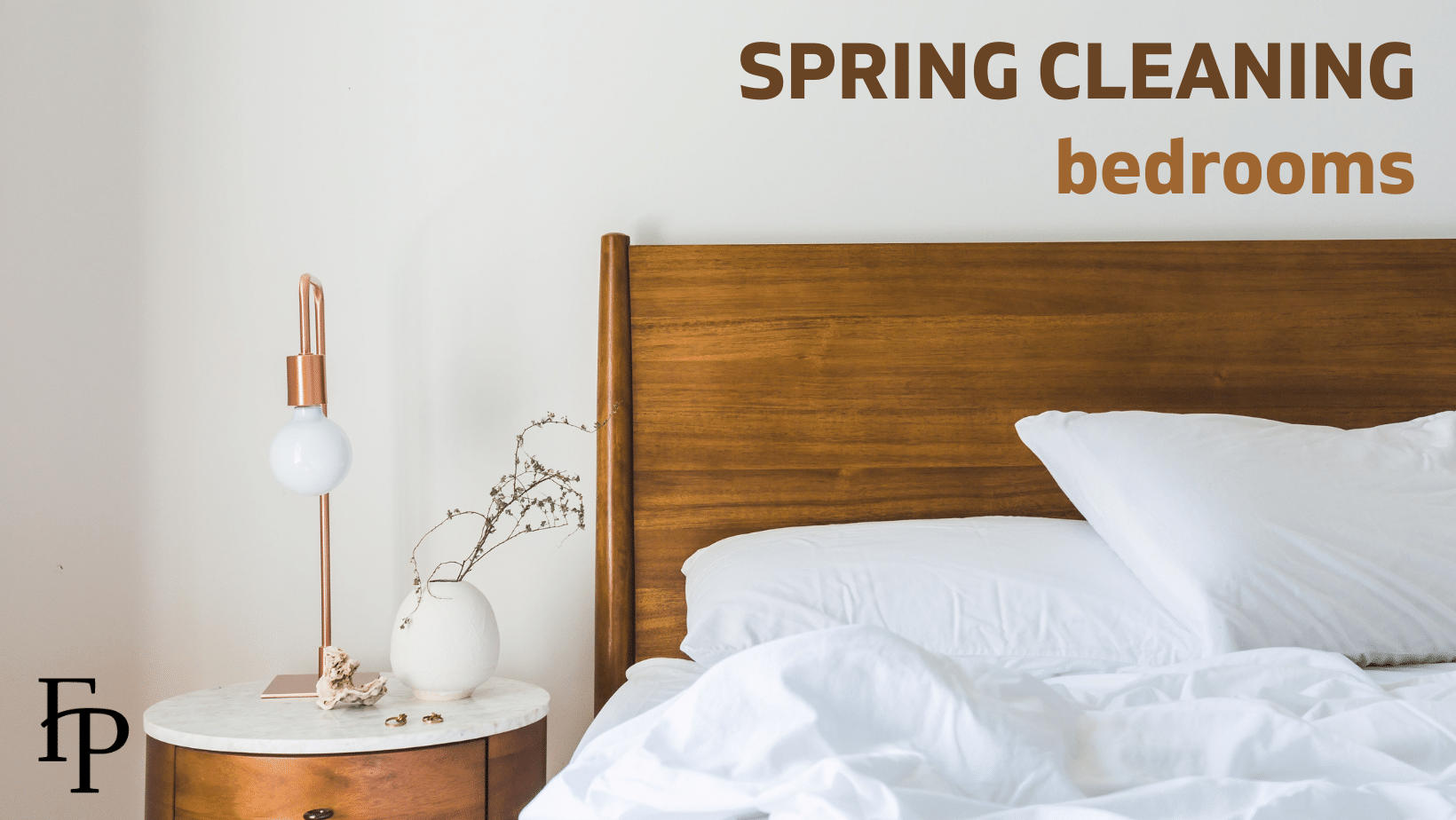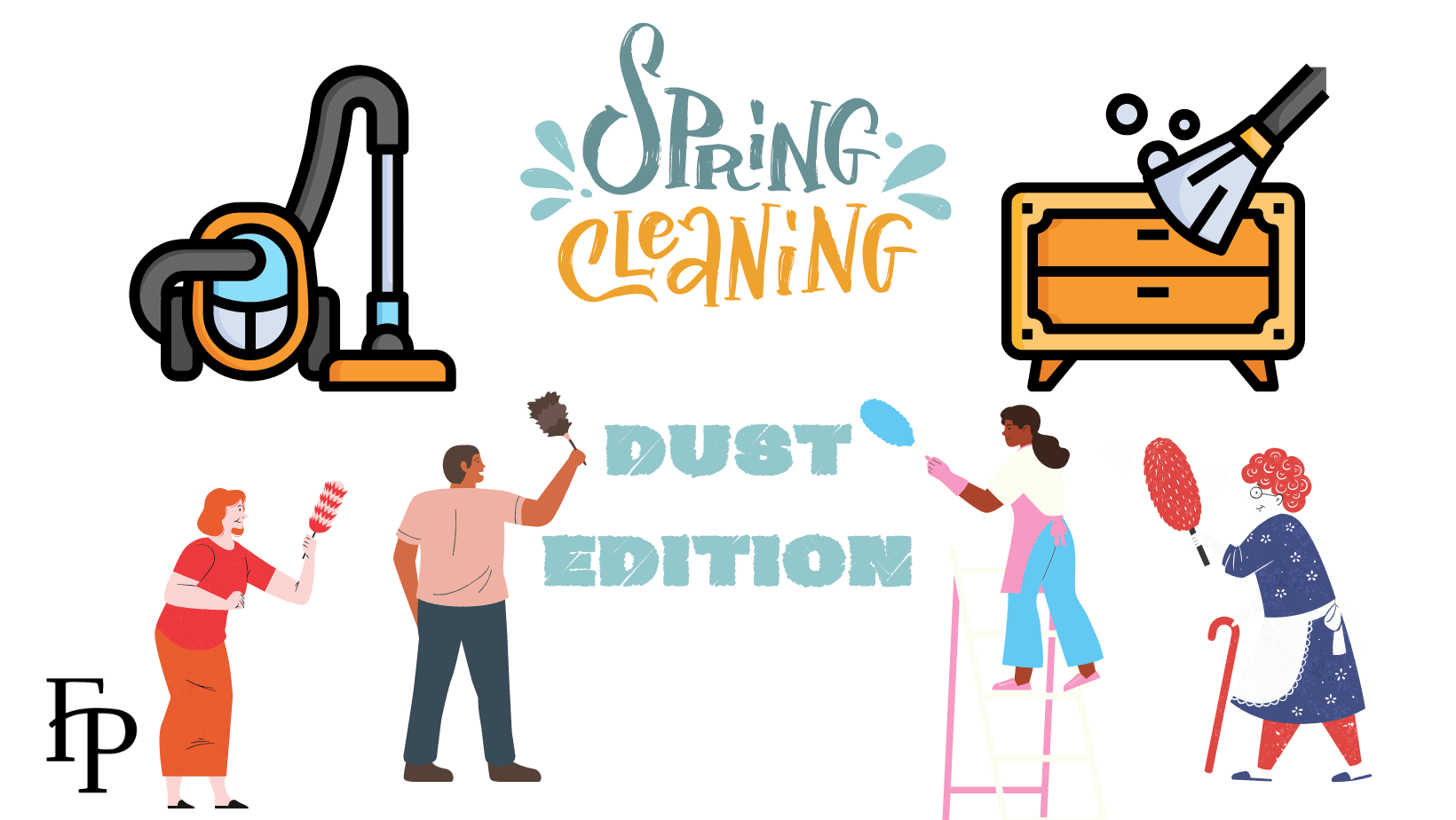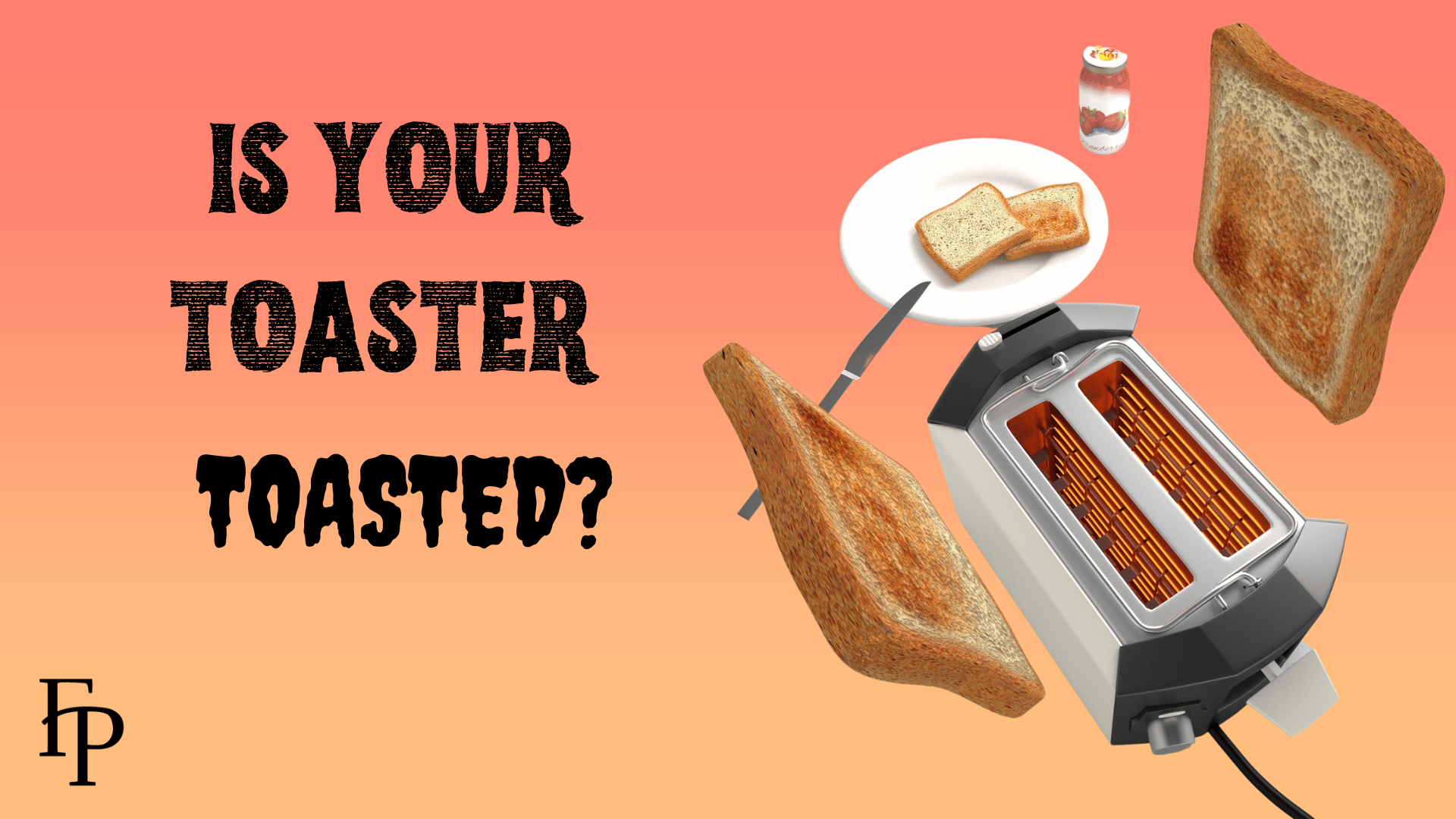Tame That Hairy Beast: Cleaning Tips Every Pet Owner Should Know
They are adorable and we love ‘em like they are our kids, but our sweet pets can be challenging to clean up after and can make it tough to keep our homes company clean. There’s pet hair and potty accidents. There are dirty paws and sharp nails. Some of us have messy eaters (not just four-legged, LOL) and some of us have chewers and shredders. Yes, our furry friends know how to make a mess. Being able to manage and even prevent these messes can make routine cleanup a lot easier and help keep your frustration levels in check. Perhaps it’s the shedding that drives you nuts or the kitty-litter scatter. Maybe it’s funky pet odors or water bowl splashes. Everyone has pet-owner woes and we’re here to help you tame that hairy beast with these tips designed to keep your home as clean as it was before you had pets. Unless, of course, you’re an utter slob in which case we’ll need to talk to your mom LOL.
HAIR
- Lint Roller. A lint roller is a great way to remove pet hair from your clothes, but you can also use it on couches, chairs, curtains, and other furnishings in your home. Lint rollers usually have a wide surface area and are effective at picking up pet hair. And BONUS TIP: did you know they are also great for cleaning dust from your lampshades? For the top 8 rollers that work great on pet hair, click here.
- Furniture Covers. I absolutely cannot say, “No!” when my pup asks to snuggle on the sofa or curl up next to me in bed. If, like me, you can’t keep pets off your furniture, use covers to protect the fabric from damage and unwanted odors. Most furniture covers are designed to be easily removed and washed. Wash regularly to help maintain a clean and odor-free environment. The Spruce Pets rate these as their top 8 choices. In addition to protecting against pet hair, furniture covers can also guard against stains caused by spills, accidents, or tracked-in dirt. Choose a cover made from pet-friendly material that is durable and resistant to wear and tear. Avoid materials that may be easily punctured or torn by your pet’s claws.”
- Vacuum & Sweep. Keep pet hair from taking over your home by vacuuming and sweeping regularly, maybe even daily. Last summer I cared for my brother’s two yellow labs for a month while he and his wife were traveling. As the owner of a 12-pound non-shedding dog, I was overwhelmed by the amount of hair. Fortunately, they had a very nice, specialized pet hair model vacuum cleaner which was a game changer. Some vacs are also available with pet hair attachments designed to handle shedding, even intense shedding. Here are the 7 best vacuums for removing pet hair according to RTINGS.com.
- Hair Remover. Getting pet hair off your clothes, carpet, furniture, and out of your car can become an all-consuming challenge. But the right pet hair remover can make the job a lot simpler. You might even be able to wear that black shirt again. Here are the 8 best pet hair removers of 2024, tested and reviewed by The Spruce Pets.
- Rubber Glove. If pet hair is set into your furniture, use a rubber glove to get rid of it. Simply dampen a rubber glove, something that you probably already have on hand for washing dishes, and run it over the furniture to attract and collect hair.
- Brush daily and bathe regularly to help keep your place hair- and dust-free. Trim nails whenever they get too long to protect your floors and doors from scratching damage. It’s important to know how to cut your pet’s nails to avoid hurting them. If you’re a chicken like I am, consider going to a groomer or your veterinarian. Speaking of nails, keep your kitty from scratching your furniture by purchasing a scratching post. Cats scratch to mark their territory and sharpen their claws; offering designated scratching surfaces can redirect this behavior away from furniture and other areas of your home.
STINK
- Baking Soda. Pets can be stinky leaving funky odors in their wake, especially in their favorite areas of the home. Baking soda has odor-neutralizing properties and can be used to absorb and eliminate unpleasant smells. Sprinkle it on carpets, furniture, and pet bedding, let it sit for 15 to 30 minutes, and then vacuum.
- Wash Pet Bedding Regularly. Whether it’s your pup’s bed or your kitty’s tower, pet bedding must be cleaned regularly to prevent odors and pet hair buildup. Be sure to use pet-safe detergents! Consider using covers that can be easily removed and washed. My pup’s bed is small enough to toss in the laundry, but my brother’s 75-pound dogs have sleeping quarters almost as big as a twin bed, so a removable cover is a must. If you do have a cover that isn’t removable, sprinkle the bed with baking soda and let it sit for 10 to 15 minutes, then vacuum.
- Quick Clean Up. Cleaning up pet messes promptly and effectively is essential for maintaining a clean and healthy living environment. Start by scraping up as much of the mess as possible. Then, clean the areas by scrubbing them with water and a pet-safe detergent. If odors remain, sprinkle the area with baking soda, let it sit, then vacuum.
- Odor Control Litter. Let litter help control smells. Good Housekeeping tested and reviewed 20 litter brands to find the vest. Their top 11 picks are easy to scoop, control odors, and don’t stick so much to cats’ paws, which can lead to litter particles on the floor.
DRAINS
- Protect Your Shower Drain. Getting pet hair in your shower during bath time is inevitable, but there are ways to minimize shedding for easier cleanup. Brush your pet before her bath to help remove loose fur. Be sure to use a grooming brush appropriate for your pet’s coat type to reduce shedding during the bath. Place a hair catcher over the drain, which keeps pet hair from causing clogs. It’s also very helpful in keeping your own hair out of the drain. Find the best ones here.
SPLATTER SCATTER
- Food Mat. My little guy drinks like a crazy animal and splashes his water everywhere. One of my brother’s labs attacks her food bowl with such force, the food flies. A great resolution is to place a mat under their dish. Mats can catch any spills and make cleanup so much easier. Look for a mat that will be easy to clean. A non-skid mat will help prevent your pup from pushing bowls around.
- Litter Mat. If you have a cat, you know they have a propensity for kicking litter out of their litter box. Keep it contained by using a litter mat, which is made with a mesh material designed to trap litter. These textured mats act like a doormat. Even the most well-behaved kitty will track litter granules out of the litter box. A good litter mat catches most of those bits before they spread throughout your house. Find New York Times Wirecutter’s top three litter mats here.
- Litter Box. You can also avoid the spread of litter by choosing the right litter box. A litter box with higher sides prevents cats from kicking or scattering litter outside the box (does your cat love doing this?) People Magazine has tested and reviewed 15 of the best litter boxes.
PAWS
- Wipe your pet’s feet when they come inside. While it might not be necessary to wipe every time they come inside, it’s a must in certain instances. A walk during a rainstorm, after a storm when there are mud puddles, when there is snow on the ground, and when playing in the yard or dog park (where a little time may be spent digging) are all times when paws will get dirty. I once lived in the historic section of a small town, and that old neighborhood seemed to have decades of dust and dirt everywhere. Even when we stuck to the sidewalks, my pups (there were two then) would come home looking like they were wearing brown socks. Sometimes a wipe with a damp cloth will do the trick. Other times a foot wash is in order. With my short guys, sometimes it was a half bath involving feet, legs, bellies, and chests. Chewy has 10 top-rated wipes for dogs and Rover rates these wipes for cats.
- When it’s really mucky outside, boots make a world of difference. It took many tries for me to find the right foot cover for my pup; many dogs just don’t like wearing a boot (although they look SO CUTE!). After losing three of four adorable zip-up red boots with fur trim ($50 down the drain) in a snowstorm, I thought we were through with boots and any real chance of a successful walk in the snow. The game-changer for me – and Ollie – was Pawz Waterproof Boots. They are not only lightweight and waterproof; they also can’t be easily kicked off.
Imagine loving your pet unconditionally along with your nice, clean home free of all the dirt, hair, and stink your four-legged baby brings with him. Now you can. You’re welcome, and tell your dog we said, “Hi!”
.





